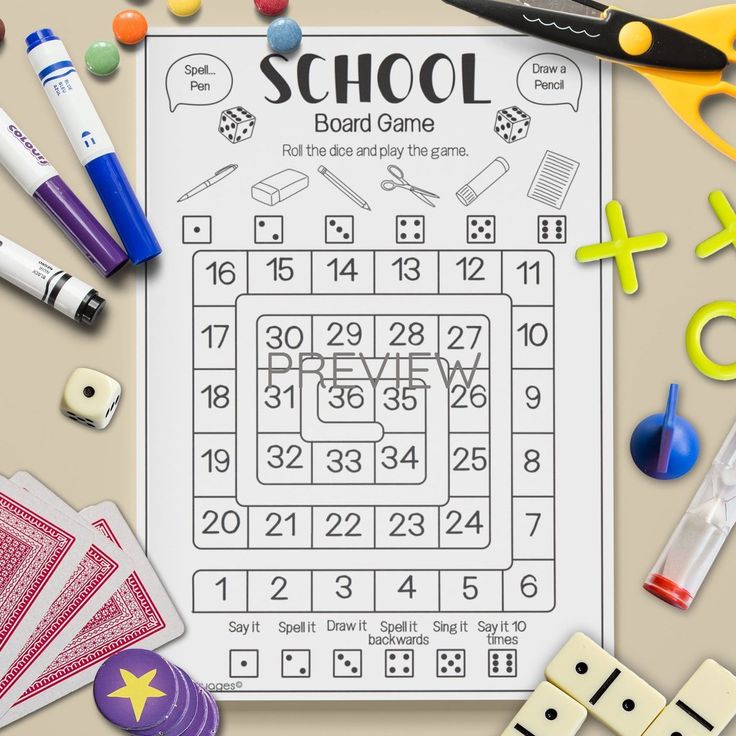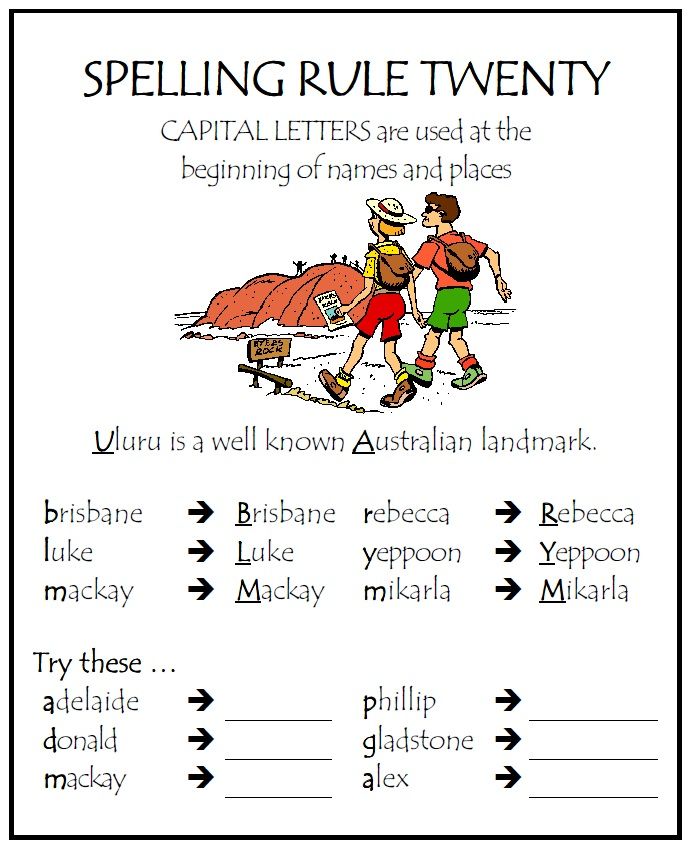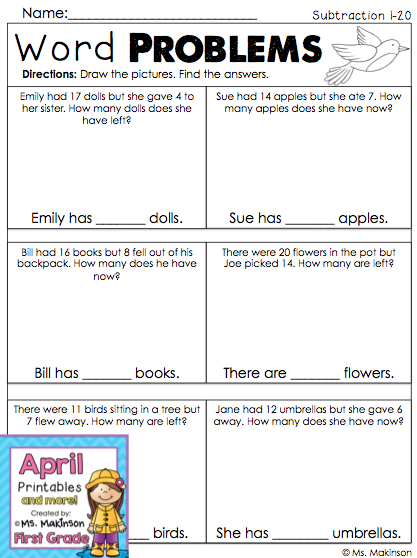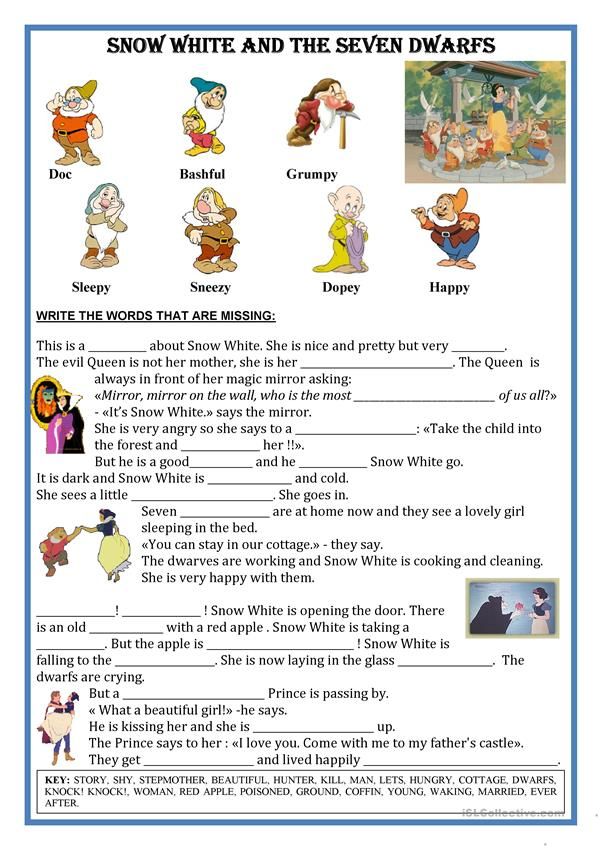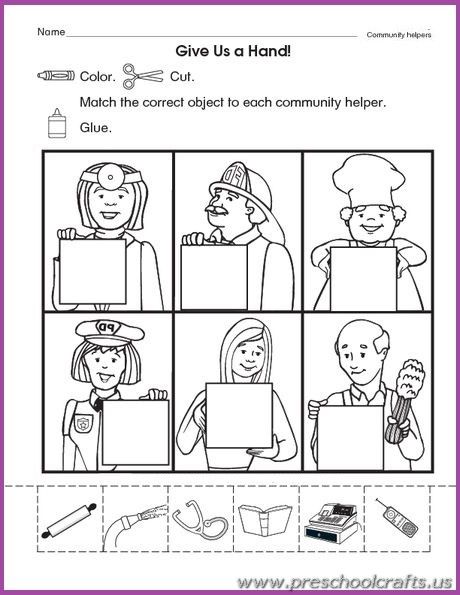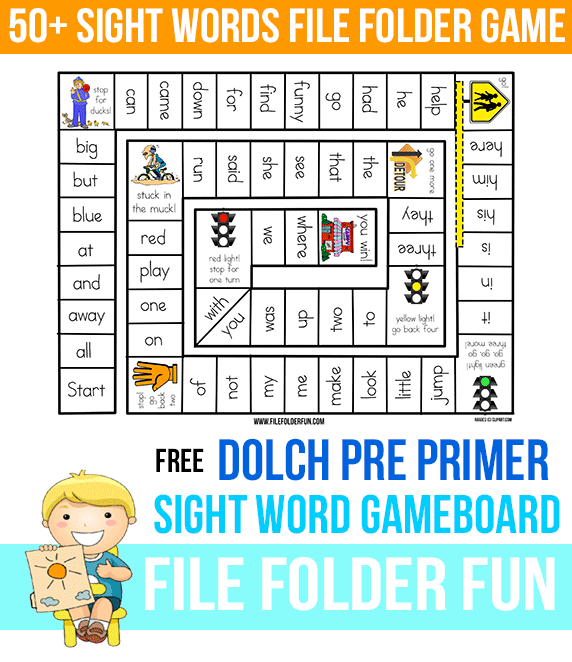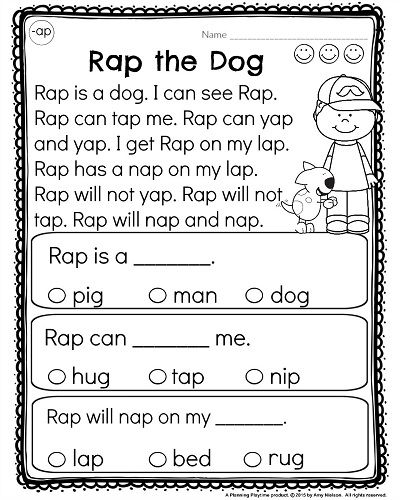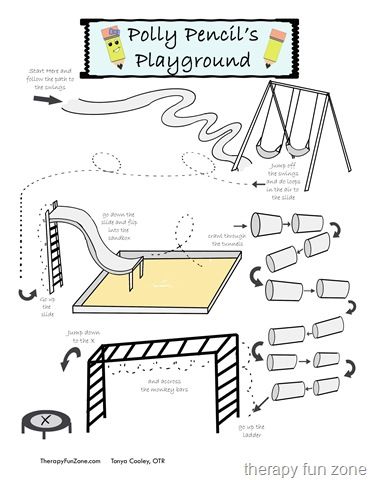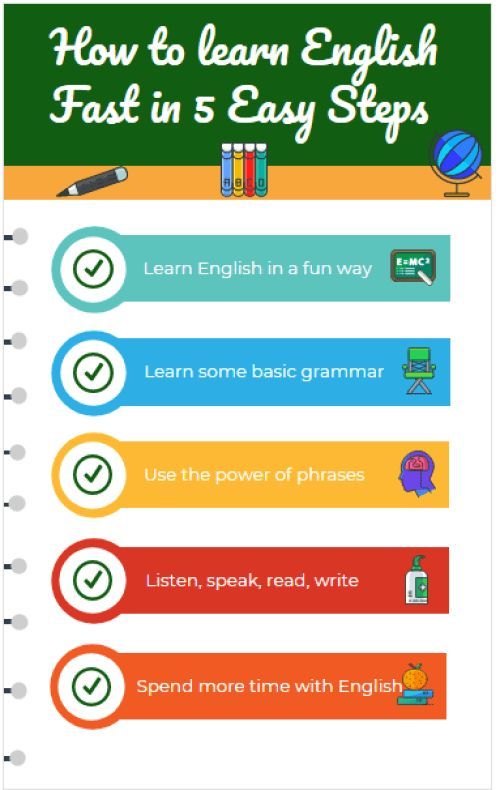Pre k maths
The Most Important Math Concepts Kids Learn in Pre-K
Although there’s a lot of emphasis placed on emergent reading, experts show that pre-k math skills are just as important for your child’s learning development.
Understanding what skills your child will be exposed to as a math beginner will give you an idea of what concepts you can emphasize in fun, easy ways at home!
Fortunately, kids are exposed to many math concepts from a very young age — putting puzzles together, sorting objects, and even playing with building blocks. These activities all help build a good foundation for math.
In this article, we’ll take you through the most important pre-k math concepts so you can encourage and motivate your budding mathematician!
Table Of Contents
- What Are The Components Of Pre-K Math?
- Basic Pre-K Math Checklist
- Pre-K Math Development
- 9 Fun Pre-K Math Activities
What Are The Components Of Pre-K Math?
There are five basic components of pre-k math. They act like umbrella terms, each with many different elements hidden inside their broad concepts.
Your child will become acquainted with all of these essential concepts when they begin learning pre-k math.
1) Numbers And Counting
Children typically start with the bedrock of math — numbers! They’ll learn number names and how to write numbers, typically beginning with 1-10.
Counting is not easy business! While your child learns how to count — first with physical objects, then conceptually — they are bound to make mistakes here and there. This is perfectly all right. Counting will take time to master.
Most of kids’ initial exposure will be through representational counting. This could mean counting the number of strawberries in their lunch box, how many blocks are on the floor, and so on. These counting activities will set the stage for a strong foundation in counting.
By understanding that numbers represent objects, your child will begin to understand one-to-one correspondence (each object counted gets its own number and only that number) as well as the counting principle that when counting the number of objects, the last number counted equals the amount present.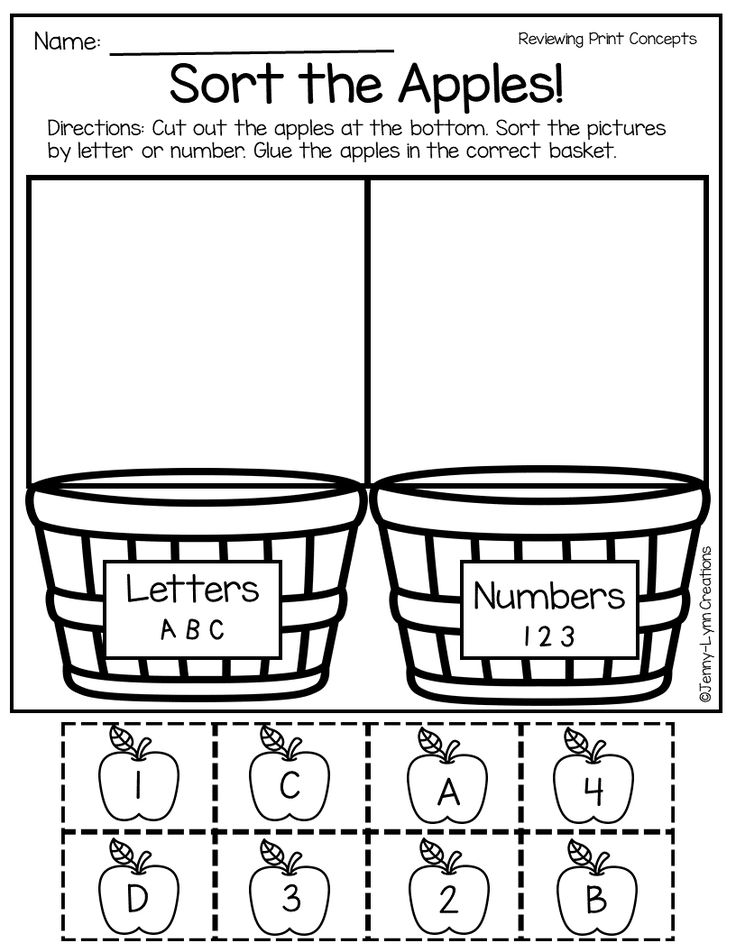
Over time, a child’s reliance on physical objects for counting will decrease. They’ll depend more on conceptual counting as their skills develop.
This conceptual counting is called “number sense.” They’ll understand that quantities, whether tangible or theoretical, are countable. They’ll also learn that numbers can be compared: two or more numbers can have a more-than, less-than, or same-as number relationship.
There are many fun ways to get your child comfortable with numbers and counting at home without making it feel burdensome.
Here are a few simple yet effective strategies you can try:
- Encourage your child to touch and count objects they see in everyday life — for example, a bunch of bananas or a stack of books.
- After they count a set of objects, help them write down the corresponding number on a piece of paper.
- Have your child compare different items using the appropriate language. For example, “Let’s count the number of blueberries and strawberries on the plate.
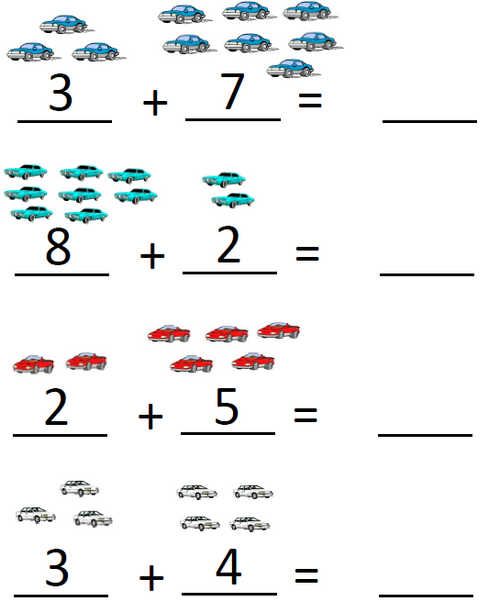 Are there more strawberries than blueberries?”
Are there more strawberries than blueberries?” - Hang a simple number line on the wall or tape one to your refrigerator. Throughout the day, point to each number with your child and count from 1-10 together.
- Ask your child to help set the table by counting out the right number of forks and spoons. Once they have collected them, they can count them again as they put one at each place setting.
These simple activities allow children to make sense of numbers. And the more they practice counting principles outside of the classroom, the more they’ll realize how relevant they are to everyday life.
2) Addition And Subtraction
Once your child has a firm grasp on counting and is developing number sense, they’ll explore the relationships between numbers more often. Describing how numbers are the same or different will lead into learning how to combine two numbers to make a new number!
Similar to the last concept, children will typically learn how to add and subtract by relying on counting activities with tangible objects. For example, you could set up two separate groups of apples and ask how many you will have if you join them together.
For example, you could set up two separate groups of apples and ask how many you will have if you join them together.
The first group may have three apples, while the second group has two apples. At first, many children will count one group and then start over to count the second group. It is a good idea to count both groups individually and then bring them together and count the total amount.
This is their first introduction to addition! The same idea works for subtracting. What happens when you begin with five apples and then take away two of them?
“Taking away” objects may be a little harder for your child to master at first. This is why many children will remove apples first and then count the remaining apples rather than counting backward.
To help, practice counting backward together. Pretend to be a rocket ship, and start counting down from five to one, gradually increasing the beginning number each time. After you get to one, shout, “Blastoff!” and jump into the air as high as you can.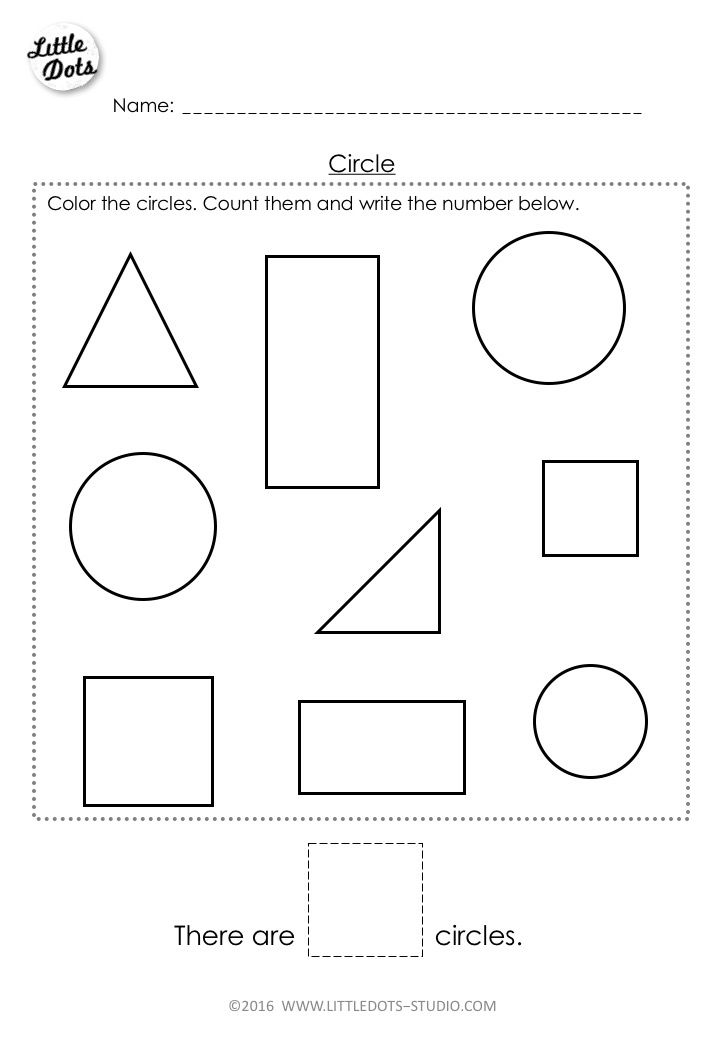 This fun game can help your child become more comfortable with counting down.
This fun game can help your child become more comfortable with counting down.
Pictures can also help your child master addition and subtraction concepts. For addition practice, present one sheet of paper with three apples and another with two. Then say, “Count the apples on both pieces of paper. How many apples do you have total?”
For subtraction problems, present this scenario: “On our paper, we have five apples total. How many apples will you see if I cover up two of them?” Then, count the remaining apples together.
Pictures are an effective way for your child to visualize mathematical problems. But, if you prefer not to draw, you can also use real objects instead. You could get out several apples (stuffed animals, cups, or whatever) and count them. Then, use those items for math practice.
Remember that adding and subtracting are basically making comparisons between numbers or establishing relationships between them. There are many strategies a child might use to solve a problem, which is a good thing since our main goal is to help children think mathematically.
3) Geometry And Spatial Reasoning
Shapes are everywhere in our world, which will be one of your greatest assets when it comes to teaching your child about shapes and spatial reasoning.
They’ll start out by learning about the basic 2-D shapes that are used in math: squares, triangles, circles, rectangles, rhombuses, and ovals. Learning how to draw these basic shape illustrations can be helpful for their learning process.
Some of these shapes you’ll be able to reference easily in your day-to-day life. This will help reinforce your child’s understanding of the shapes after their initial introduction.
For example, when making breakfast with your child, you could hold up a plate and ask them, “What shape is this? Do you think it’s a square or a circle?”
Other shapes, like triangles or rhombuses, may be a little harder to find hanging around. Challenge your child to find these shapes in nature. Are there any flower petals in your garden that are shaped like triangles (or an aloe vera plant hanging in their windowsill)?
Encourage your child to be creative with identifying shapes! It will help them with learning geometry in the long run.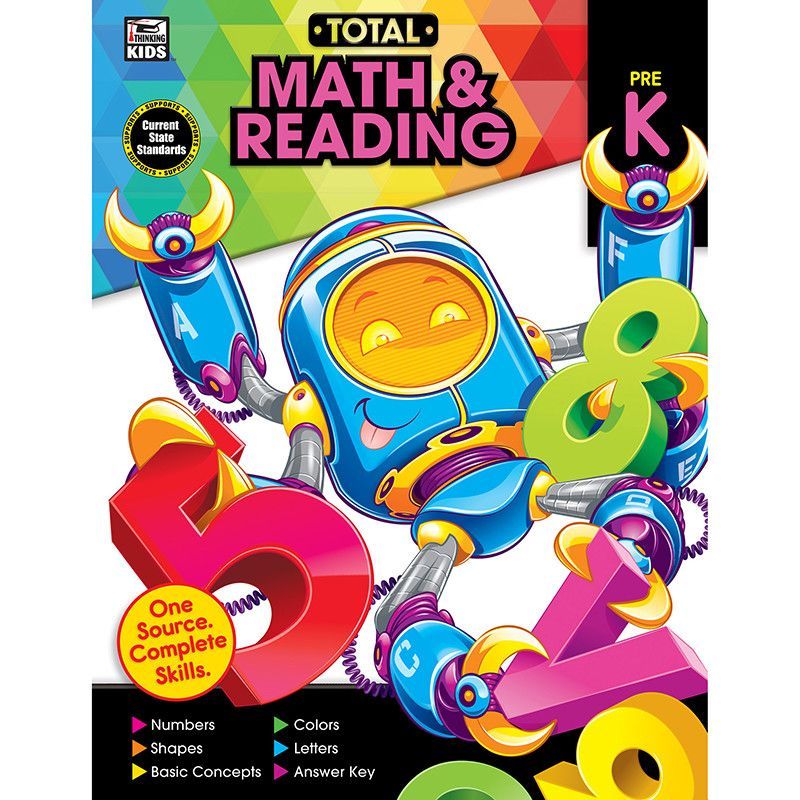
Next, learning 3-D shapes will come after learning 2-D shapes. Like their flatter cousins, 3-D shapes are all around the world, too! Your child’s soccer ball is a sphere; the paper towel roll in the kitchen is a cylinder.
We recommend learning the basic form of these shapes and how they appear first. Then, you can use the natural 3-D shapes in your child’s environment to reinforce their learning!
Point out shapes when you see them and play a shape version of “I Spy” to practice. If your child has a set of blocks, talk about the different shapes of the blocks. Challenge them to use only one shape to build something. Then, see what they can make by using all of the shapes.
Kids also learn about spatial reasoning by discovering how to describe the shapes they see and play with. They can compare them with dimensional adjectives like “big” and “small,” or characteristics of their shape like “straight” and “curvy.”
This includes the spatial relationship between different objects, too. Look out for observations using location adverbs like “under,” “beside,” or “around.” These are all different ways for your child to “measure” or observe how shapes take up space.
Look out for observations using location adverbs like “under,” “beside,” or “around.” These are all different ways for your child to “measure” or observe how shapes take up space.
4) Sorting And Patterns
We categorize things in our daily lives without even realizing it. Your child probably already does this, too — they may arrange their stuffed animals or toys in a certain way. For example, they may keep farm animals separated from dinosaurs.
Sorting and patterns are related to categorical reasoning. In the same way grocery stores sort out items by their parallel uses, your child will learn how to sort things based on their characteristics and how they are the same or different from other objects.
They’ll sort objects by weight, shape, quantity, texture, color, and other traits, often without even realizing it!
It’s important to note here that sorting and counting aren’t sequential. Your child might begin sorting before they begin counting, in fact.
For instance, if you want your child to sort a bowl of fruit, you can ask them to count all of the strawberries. They’ll sort the strawberries from the rest of the fruit. If you ask them to count the red fruit, they’ll sort out strawberries, cherries, and watermelon and count them together.
They’ll sort the strawberries from the rest of the fruit. If you ask them to count the red fruit, they’ll sort out strawberries, cherries, and watermelon and count them together.
Once a child has learned to isolate characteristics, they can begin to identify, extend, and even create patterns. Your child will learn how to:
- Copy a pattern
- Identify the parts that repeat and continue a pattern
- Correct a mistake in a pattern
- Explain a pattern
- Create their own patterns
To encourage your child to explore patterns, take a few moments to build a pattern for them when you play together. Use whatever materials you have available and create a simple AB pattern, such as truck, car, truck, car.
Next, point to each object. Say its name aloud. Then, when you get to the end of the row, ask them what comes next. If they aren’t sure, grab the next object and put it down. Once you’ve completed one round, start at the beginning and repeat each item to reinforce the pattern.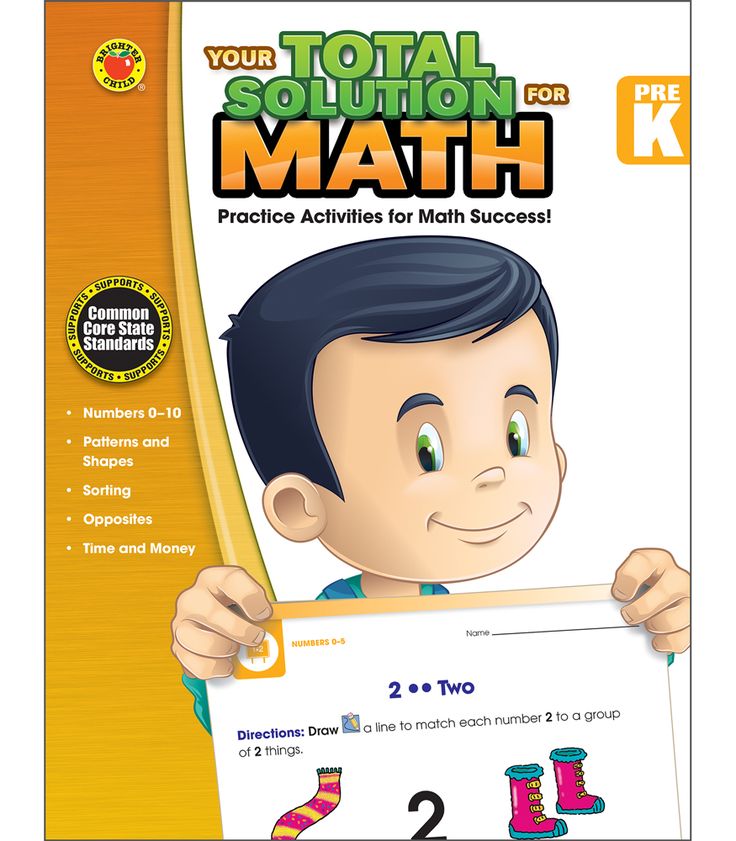
5) The Language Of Math
Part of learning how to do math means learning how to “speak” math. We don’t mean your child will turn into C-3PO — just that they will learn how to use mathematically correct language, or how to tell a story with math terms.
This can happen in daily life. While picking at an afternoon snack, your younger child may say, “Hey! My brother has more crackers than me!” Then you might agree to “add” to the cookies on the younger child’s plate so that both plates are “equal.”
These skills may be naturally exciting for your child — they’ll feel like they’re learning how to speak “grown up!” Show them how fun it is to incorporate mathematically appropriate language into their daily speech and use it to tell stories about what’s going on around them.
Using words to describe things in their lives will help them give ownership over ideas and observations. Motivate them to think about the order of the world around them and use different words to describe them, such as:
- More than
- Less than
- Shape names
- Light or heavy
- Small or big
Mastering math language will help them in their quest to become robust mathematicians! It’ll also help them develop a strong vocabulary so they’re better prepared for kindergarten.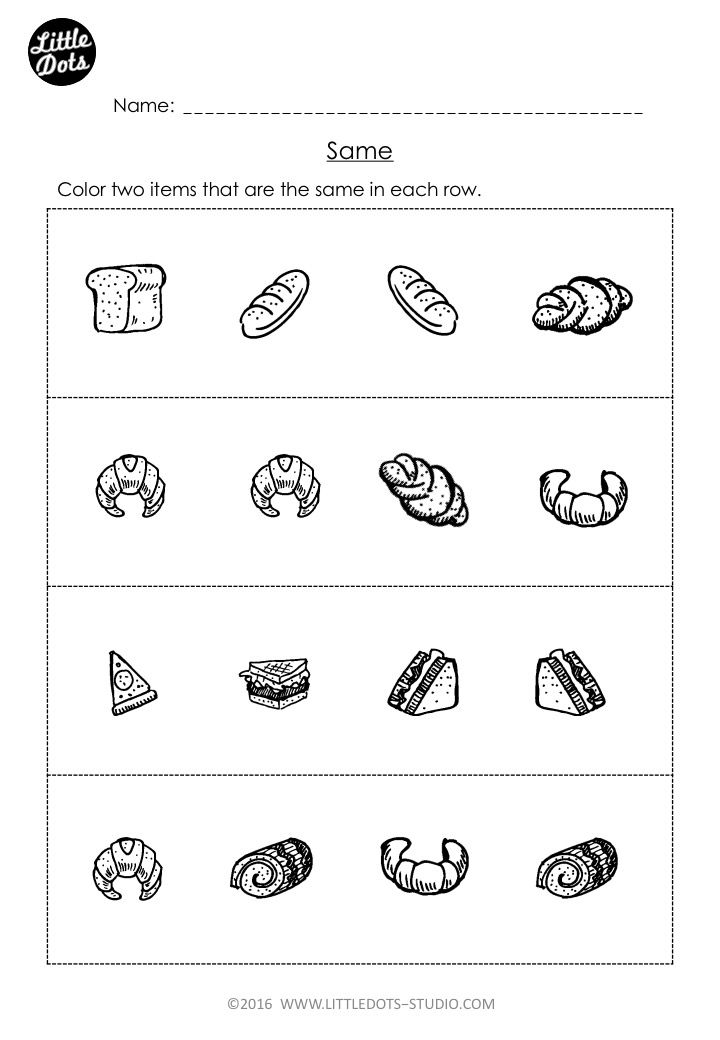
Basic Pre-K Math Checklist
Now that you know some of the concepts your child will be learning in pre-k math, let’s look at some of the skills they’ll build during this time.
- Rote count to 10
- Use one-to-one correspondence to count up to 10 objects and tell how many there are altogether
- Recognize basic shapes (circle, triangle, square)
- Understand the concept of quantity (more/less)
- Sort objects by one characteristic
- Understand and use directional terms, such as up, down, in, out
- Pick what object goes next in a simple pattern
While these aren’t all of the math skills your child might learn in pre-k, they will give your child a solid mathematical foundation to build on in kindergarten. And they’re all skills you can practice in fun ways!
Pre-K Math Development
As your child grows and learns, they’ll work through three phases of mathematical development: concrete, representational, and abstract. They’ll likely be in the concrete stage at the beginning of pre-k.
They’ll likely be in the concrete stage at the beginning of pre-k.
During this phase, students need hands-on activities and real-world examples to help them understand mathematical concepts. This is why math manipulatives are so crucial in the early years. It’s also essential to present math concepts in a very concrete way during this stage.
For example, if you’re teaching your child about numbers, don’t just tell them that five is more than three. Instead, show them five objects and three objects, and let them count for themselves. This will help them understand the concept of more and less.
As your child continues to learn and practice a mathematical concept, they can move into the representational phase. Here, students can count pictures or images instead of actual objects. For example, they realize that numbers can be represented by lines or drawings.
Then, they’ll be ready to try the abstract stage. At this point, children understand that numbers can be represented by symbols.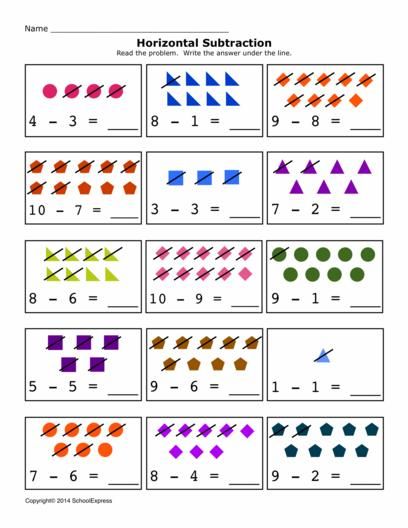 They don’t need manipulatives or visual aids to do math problems. They can start using numbers and symbols such as + or – to solve math problems.
They don’t need manipulatives or visual aids to do math problems. They can start using numbers and symbols such as + or – to solve math problems.
The activities above will help your child to build their understanding of mathematical concepts so they can move through the different stages.
But, in pre-k, it’s important to focus on the process, not the answer. So don’t worry if your child doesn’t get the solution right away. Let them work through the problem and try to figure it out for themselves.
A strong foundation in pre-k math sets children up for success when they start kindergarten. By providing opportunities for them to explore and experiment with math, you can help them develop the skills they need to be successful in school and beyond.
9 Fun Pre-K Math Activities
Now that you’re clear on all of the exciting new math concepts your pre-kindergartener will be exposed to and what skills they’ll practice, let’s talk about some games and activities you can play at home to help your child hone them.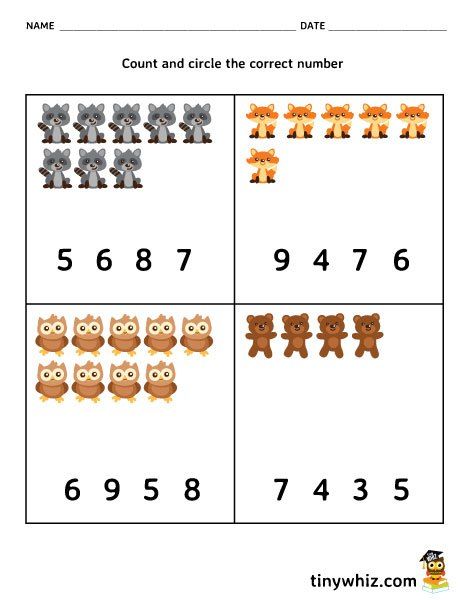
We’ve already discussed some math activities you can incorporate into everyday life. Now, we’re sharing our list of fun games to encourage your young learner to love math even more.
1) What Did I Do?
This game helps reinforce counting, adding, and subtracting. It’s quick to play, so it’s perfect for when you have a few extra minutes.
What You’ll Need
- Small objects (e.g., paper clips)
What To Do
Place some paper clips (or any other small objects) in your hand, and let your child count how many you have. After they’ve done this, put your hands behind your back and either add or remove some.
Next, show your child the new quantity and ask them to count how many there are now. You can ask your child questions, such as, “Did I add or take away some paper clips?” or “How many did I add or take away?”
For even more fun and learning opportunities, take turns playing the game. And when it’s your turn to guess, it’s OK to guess wrong — “I think you took away 10!… No! I added two!” This back and forth offers lots of laughs and critical thinking for your little mathematician.
Remember that because your child is in pre-k, the concepts of addition and subtraction are still new. Therefore, it’s best to keep the number of objects used in this game low (e.g., 1-10 clips) so they aren’t confused or overwhelmed.
2) Math Tic-Tac-Toe
Add a mathematical twist to the classic game of Tic-Tac-Toe!
What You’ll Need
- Paper
- Pencil
- Ruler
- Markers (or colored pencils)
What To Do
Start by dividing your sheet of paper into squares by drawing lines (three horizontal by three vertical). In traditional tic-tac-toe, you’d leave these squares blank until the game starts. Not this time.
For this version of the game, you’ll need to fill each box with dots and have your child tell you how many dots are in a box before placing their X or O in it. The first player to get three Xs or Os wins!
The Xs or Os don’t have to be in order at this point, but you can add that requirement as a challenge once your child gets the hang of playing the game.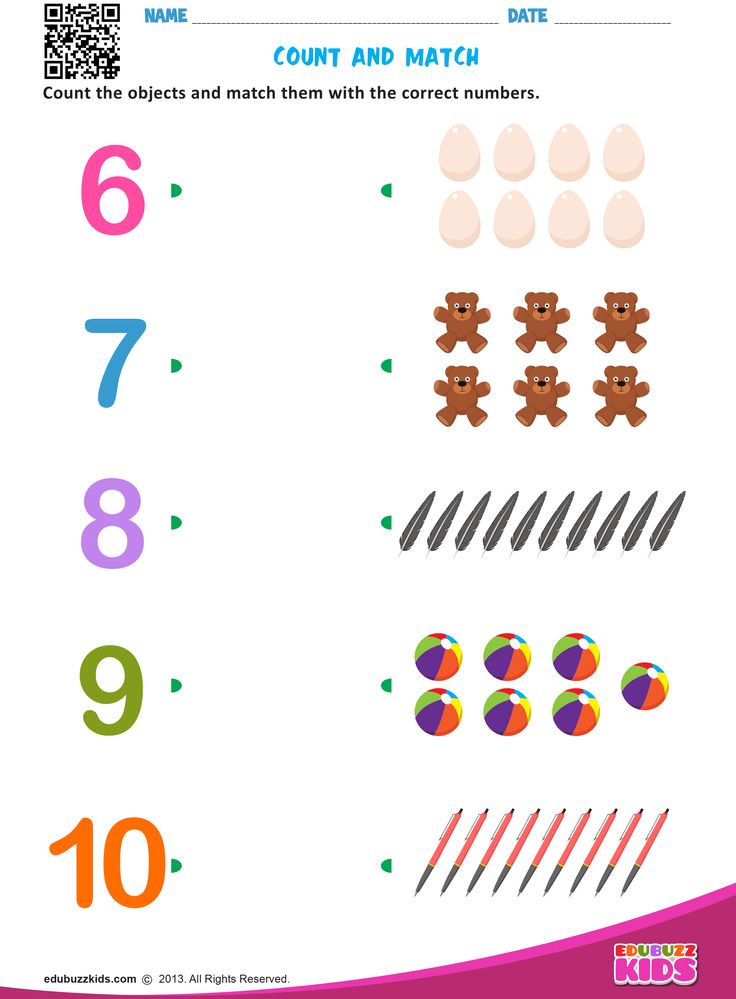
This activity helps kids work on their counting skills while also incorporating lots of fun.
3) NumberBow
Your child will add numbers to create a beautiful rainbow in this game.
What You’ll Need
- Two dice
- Two sheets of paper
- Colored pencils (or crayons)
- Pencil
What To Do
Draw two identical rainbow-shaped boards (one on each sheet of paper) with numbered boxes on the rainbows. (You can check out this link for reference.). The aim of the game is to color the numbered boxes in.
To play, each player throws two dice, then adds the numbers from the throw together and colors in the corresponding box on their rainbow.
For example, if your child throws a three and a one, they’d need to add 3+1 and color in the “4” box. If they’ve already colored that box in, they’d have to wait for their next turn. Each player gets 10 turns to have the most colorful rainbow at the end!
While this is an effective game to help your child work on their addition skills, some children might experience difficulty adding larger numbers together (e.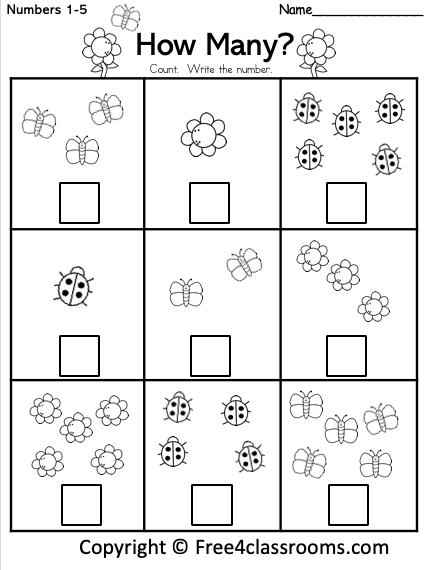 g., 5 and 6). If you need to help them, that’s OK!
g., 5 and 6). If you need to help them, that’s OK!
Remember that exposure and repetition are very beneficial for young learners.
4) Fill The Cup
This game can be challenging for younger children, so if it causes frustration, play other math games until your child is more comfortable with adding and counting.
What You’ll Need
- Dice
- Plastic cup
- Small objects that are easy to count (e.g., paper clips, dried beans, pebbles, etc.)
What To Do
To begin the game, players roll the dice at the same time. The number rolled indicates the number of items you can add to your cup. For example, if you roll a five, you add five dried beans. The goal for your child is to be the first one to fill their cup.
At the pre-kindergarten stage, some children might not be comfortable with the steps needed to play this game (rolling the dice, reading the number aloud, adding the items to the cup). So, before starting, take a few minutes to get them used to the process.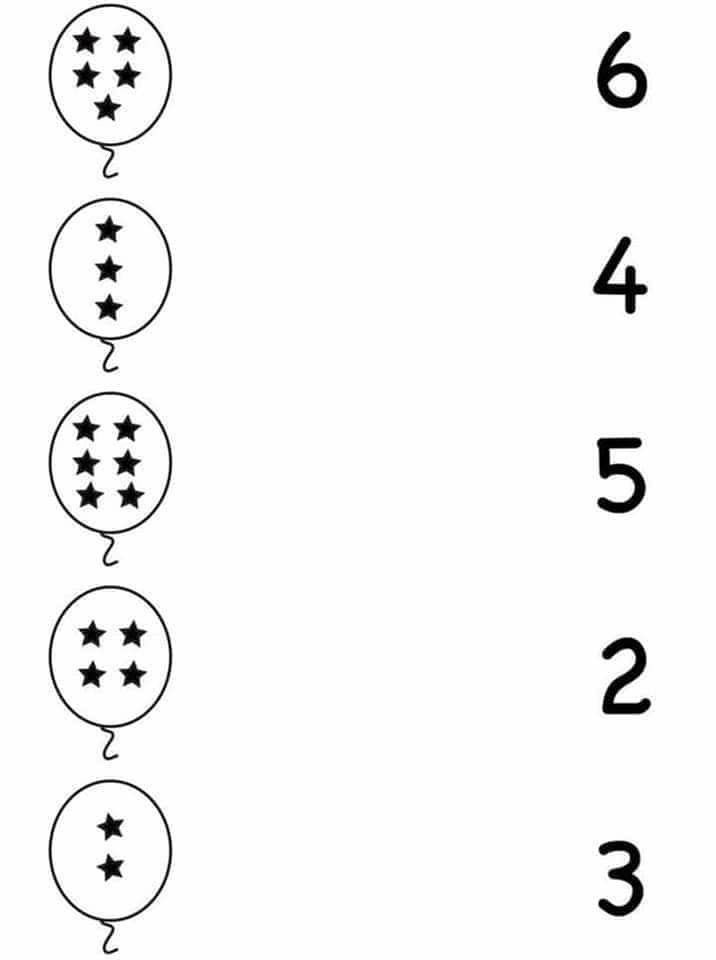
If you notice that it’s still too challenging, you can make it easier by choosing to roll the dice for each other. In this option, you can roll the dice and then help your child read the number and add the right amount of items to their cup.
Whichever variation you choose, this is a fun and engaging way to help children learn numbers and practice counting.
5) Stand Up, Sit Down
Kids enjoy playing this active game where they get to use their bodies and their brains! (Note: This game requires more than one child player, so it’s a great activity for siblings or to do when your child has a friend over.)
What You’ll Need
- Index cards
- Marker
What To Do
Write the numbers 1-10 on the index cards (one number per card) and hand three to each participant. Then, say a math equation (or word problem) out loud.
If the answer matches a number they’re holding, the child will stand. If they don’t have the answer, they remain seated.
For example, if the question is, “If I have three dried beans and I throw away one, how many do I have left?”, the child with “2” would then need to stand up and show their card.
The player who has the least number of cards left at the end of five rounds wins. Note: To make it easier, you can give children small items (e.g., blocks, dried beans, paper clips, etc.) to help them count.
Stand Up, Sit Down is also helpful for children learning shapes. Instead of writing numbers on the cards and handing them out, you can draw different 2-D and 3-D shapes that children learn in pre-k (as discussed above) and hand those out.
To play, someone describes a shape and the player who has that shape stands up and says what it is. For example, “If you are holding a shape that has three sides, stand up right now!”
When the child stands up, they’ll need to say that their shape is a triangle, and they get the point. In this version of the game, the player with the most points at the end wins.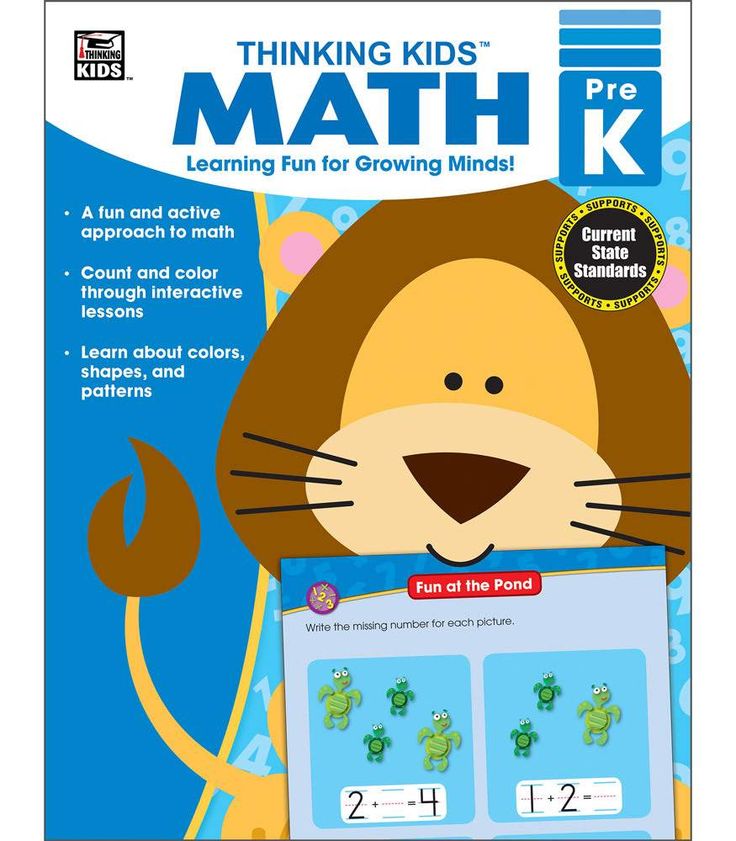
Using this game allows children to learn the names and attributes of the different 2-D and 3-D shapes they get exposed to in pre-kindergarten.
6) Who Has More?
This game is perfect for helping kids understand the concepts of more and less, which are critical in early math development.
What You’ll Need
- A small bowl or container
- A teaspoon
- A handful of objects (e.g., buttons, pennies, cereal pieces, etc.)
What To Do
Place the objects in one bowl. Have your child scoop a teaspoon of them out and count them. Then, you do the same and see who got the most. That person’s the winner!
Note: Counting past 10 is difficult at this age, so you’ll want to use big enough items (such as large kidney beans) and stick to a teaspoon for scooping so your child doesn’t end up with more than 10 per spoonful.
7) Read Math Books
Help your child develop a love for math by reading math-related books together.
What You’ll Need
- A mathematical-themed book to read together (see some recommendations below)
What To Do
Grab one of the following books and snuggle up with your little one for a math-themed storytime.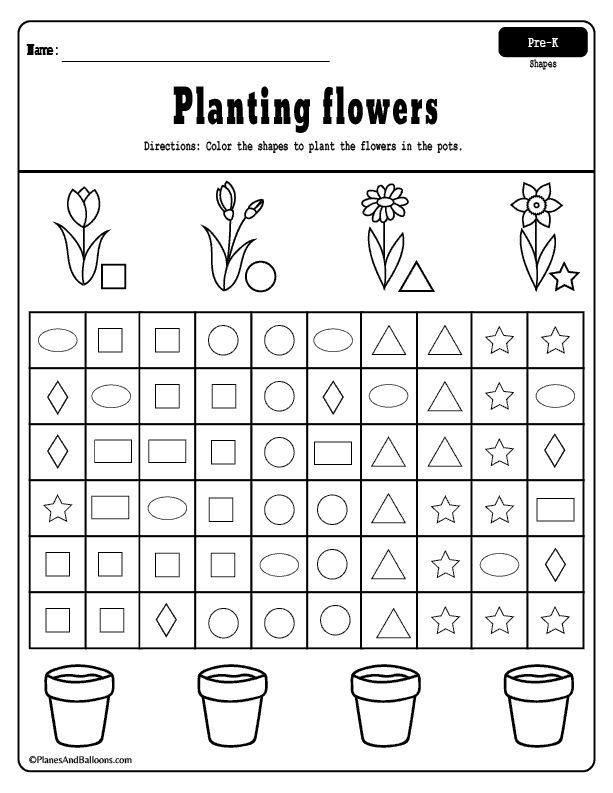 As you read, point out any mathematical concepts in the book.
As you read, point out any mathematical concepts in the book.
- From the Garden by Michael Dahl
- The Shape of Me and Other Stuff by Dr. Seuss
- The Button Box by Margarette S. Reid
- A Pair of Socks by Stuart J. Murphy
- The Berenstain Bears and the Spooky Old Tree by Stan and Jan Berenstain
- Pattern Fish by Trudy Harris
When you finish reading, discuss any new math concepts your child learned. You could even do a related activity or two to reinforce what they’ve learned.
8) In The Box
This game helps your child practice prepositions or direction words, like “under,” “behind,” and “in front of.” These concepts are essential for mathematical development as well as reading comprehension.
What You’ll Need
- A stuffed animal
- An empty box large enough for the animal to fit inside
What To Do
Ask your child to put the animal inside the box.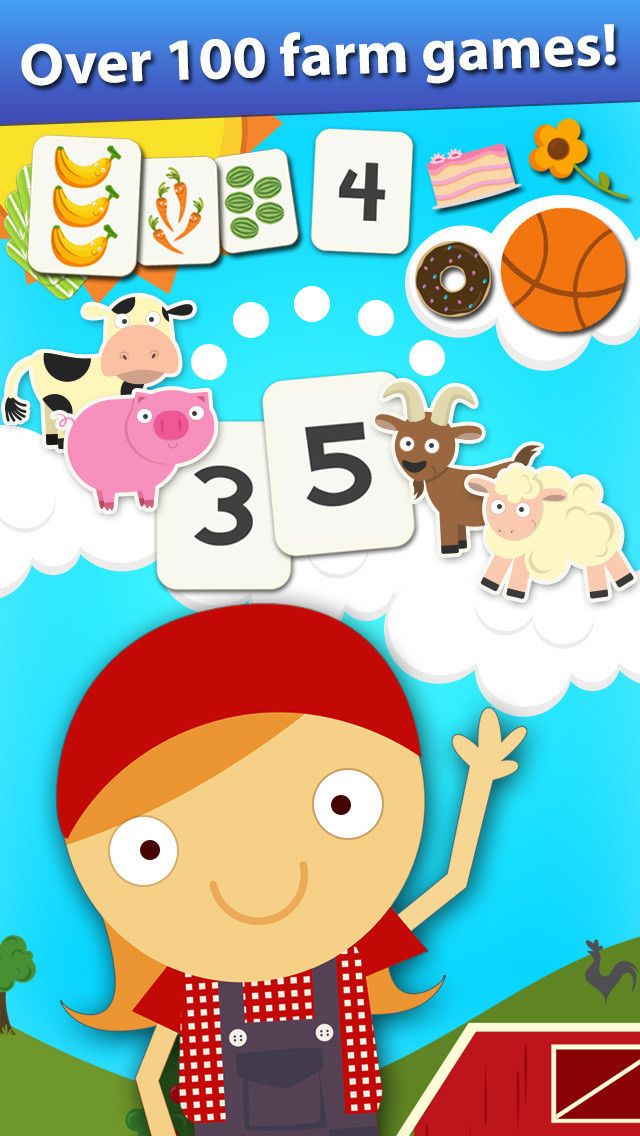 If they have difficulty understanding what you mean, give them some clues. For example, you could say, “Put the animal in the box so that its head is sticking out,” or “Put the animal in the box so that only its tail is showing.”
If they have difficulty understanding what you mean, give them some clues. For example, you could say, “Put the animal in the box so that its head is sticking out,” or “Put the animal in the box so that only its tail is showing.”
Once the animal is in the box, ask them to describe where it is using prepositions. So, they might say, “The animal is in the box.”
Then, take the animal out and place it behind the box. Ask your child to describe its location again. For example, they might say, “The animal is behind the box.”
Next, let them take a turn placing the animal in, on, under, next to, etc. the box. When they’re done, you describe where it is. Continue taking turns as you practice different prepositions.
9) Number Line Race
This game helps kids with number recognition as well as one-to-one correspondence.
What You’ll Need
- Number cards (we recommend the ones from the HOMER Explore Numbers Kit)
- A die
What To Do:
Spread the cards out in numerical order, with a bit of space between each one.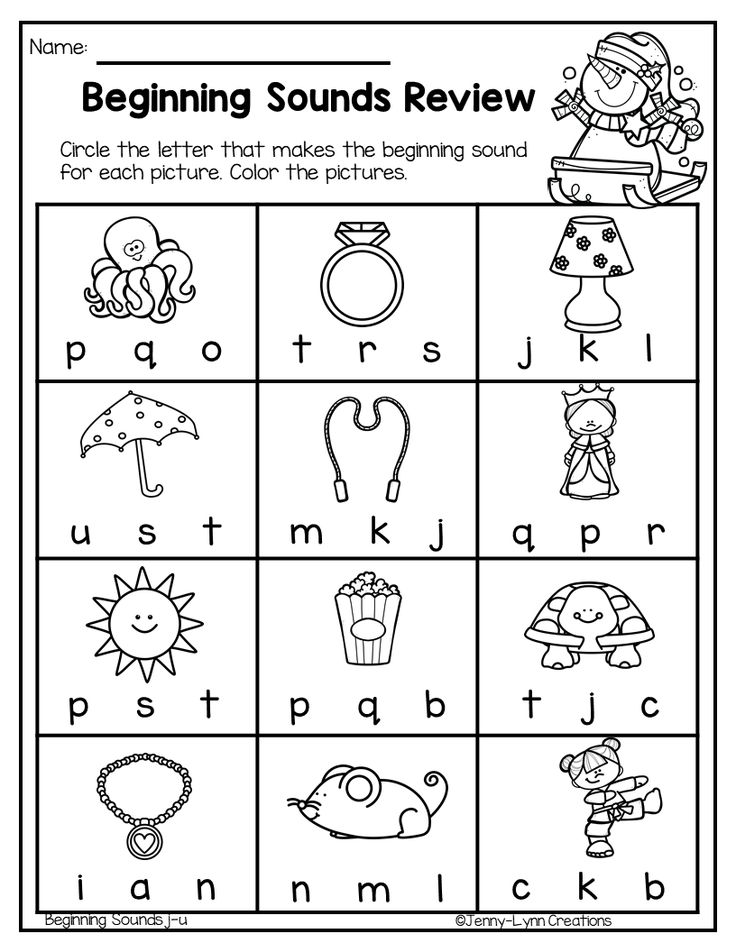 They should form a line on the floor, though it doesn’t need to be perfectly straight.
They should form a line on the floor, though it doesn’t need to be perfectly straight.
Have your child stand on the card with the number one on it. Hand them the die and let them roll it. Call out the number they rolled. Next, ask them to move that many numbers forward, moving from one index card to the next as they count aloud.
If they land on a number that would take them off the end of the line, they start from the beginning for their next throw (each player gets five throws). Then, it’s your turn! Start on one and see how far you can get, too.
The person to end on the card with the highest number is the winner!
Encouraging A Love Of Pre-K Math At Home
Pre-k math isn’t just reserved for pre-k classes. You can help your child explore the exciting world of pre-k math right from your home!
HOMER is always here to help and happy to be your at-home learning partner. Our Learn & Grow app offers tons of opportunities for your child to develop their pre-k math skills from conception to execution.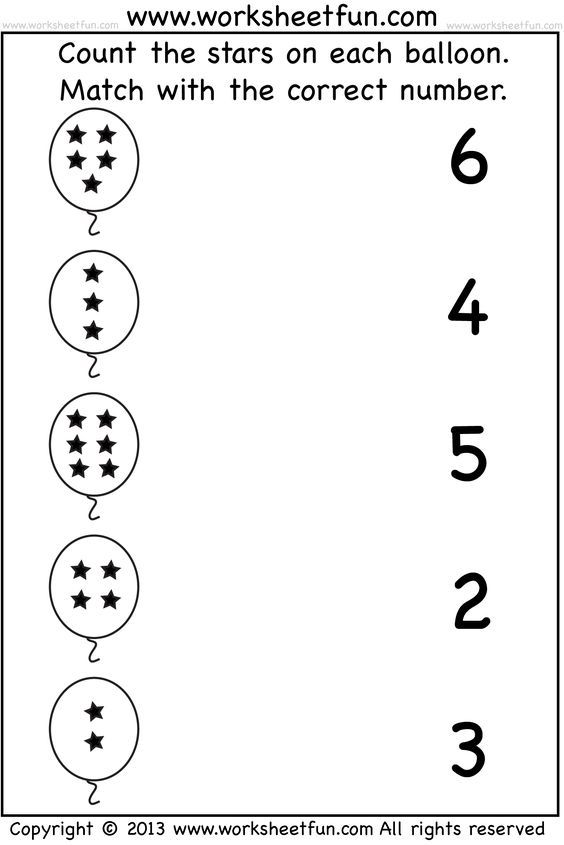
Our games are personalized to accommodate your child’s specific interests. They include pattern-identification games like Ribbons or shape-building games like the Castle Creator.
Your child can also explore the Shapery Bakery, where they help the cute, cuddly Tisa the Cat by sorting treats based on their shape. All that and so much more can help your child develop their pre-k math skills!
Author
Browse Printable Preschool Math Worksheets
Key Preschool Math Skills:
Tracing NumbersEntire LibraryPrintable WorksheetsGamesGuided LessonsLesson PlansHands-on ActivitiesInteractive StoriesOnline ExercisesPrintable WorkbooksScience ProjectsSong Videos
737 filtered results
737 filtered results
Preschool
Math
Sort byPopularityMost RecentTitleRelevance
-
Filter Results
- clear all filters
By Grade
Preschool
- Kindergarten
- 1st grade
- 2nd grade
- 3rd grade
- 4th grade
- 5th grade
- 6th grade
- 7th grade
- 8th grade
By Subject
- Fine arts
- Foreign language
Math
- Number Sense
- Addition
- Subtraction
- Geometry
- Measurement
- Time
- Money Math
- Data and Graphing
- Math Puzzles
- Reading & Writing
- Science
- Social emotional
- Social studies
By Topic
- Arts & crafts
- Coloring
- Holidays
- Offline games
- Seasonal
- Teacher Resources
By Standard
- Common Core
Search Printable Preschool Math Worksheets
Want to get young kids excited about the early learning process? Make it as enjoyable as possible.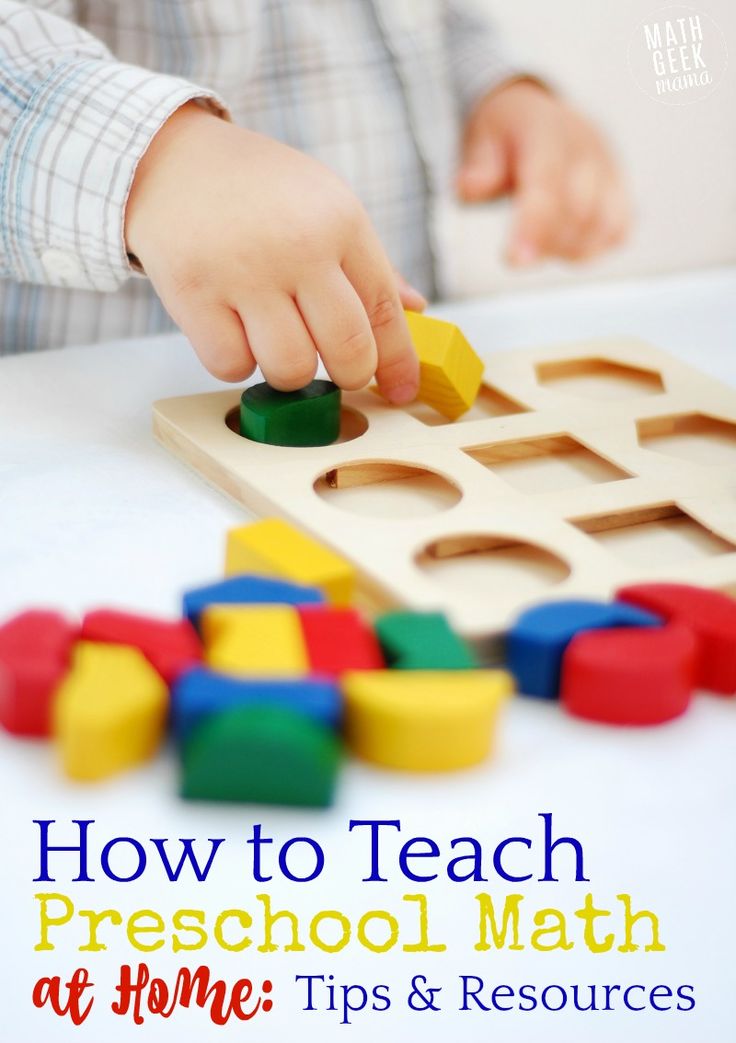 Our preschool math worksheets do just that, using cute characters and familiar objects to introduce little ones to numbers, counting, shapes, and simple addition. Whether it’s a fruit themed color by number page or adding single-digit numbers using clown faces and balloons, these preschool math worksheets instill fundamental math principles in a fun way.
Our preschool math worksheets do just that, using cute characters and familiar objects to introduce little ones to numbers, counting, shapes, and simple addition. Whether it’s a fruit themed color by number page or adding single-digit numbers using clown faces and balloons, these preschool math worksheets instill fundamental math principles in a fun way.
Encourage an Early Love of Math with Preschool Math Worksheets
Preschool is the ideal time to begin developing such essential early math skills as shape and number recognition, skip counting, and sequencing. Just as important, it’s the ideal time to begin developing a love of math that hopefully will last throughout elementary school and far beyond. After all, it’s no secret that the more kids become interested in a subject, the quicker they tend to learn it.
So how can parents get their little ones excited about math? One way is to enroll them in preschool, where they will learn the basics along with their peers. Another way is to reinforce those basics at home with our endless supply of preschool math worksheets. These worksheets allow young students to practice everything from counting and writing numbers to doing simple addition and subtraction.
Another way is to reinforce those basics at home with our endless supply of preschool math worksheets. These worksheets allow young students to practice everything from counting and writing numbers to doing simple addition and subtraction.
A final way to instill a love for math is turn everyday household items like food, toys, playing cards, and even furnishings into math activities that are as fun as they are educational.
Pre-algebra Mathematics, Algebra 1 s, symmetry, number, pre-calculation png
Pre-algebra Mathematics, Algebra 1 s, symmetry, number, pre-calculation pngtags
- symmetry,
- number,
- preliminary calculation,
- prealgebra,
- n th root ,
- mathematics,
- mathematical notation,
- string,
- free content, nine0005 equation,
- calculus,
- arithmetic,
- algebraic equation,
- algebra 1 Cliparts,
- algebra,
- png,
- transparent,
- free download
About this PNG
- Image size
- 528x595px
- File size
- 96.
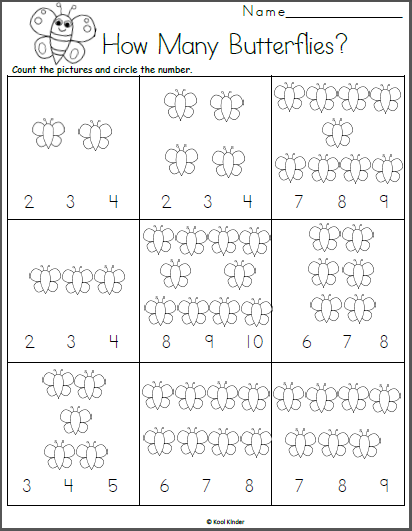 22KB
22KB - MIME type
- Image/png
resize PNG
width(px)
height(px)
License
Non-Commercial Use, DMCA Contact Us
- Pre-algebra Mathematics, Mathematics, number, signage, algebra png 647x793px 137.03KB
- Mathematics Algebra Free content, Mathematics, text, number, symbol png 1024x1024px 912.26KB
- Principles and Standards for School Mathematics Equation, Mathematics, text, number, principles And Standards For School Mathematics png 1000x1000px 228.64KB nine0006
- Mathematics book Mathematics Textbook, Mathematics Exams, text, orange, algebra png 766x994px 169.69KB
- Mathematics Geometry Formula Euclidean equation, math notes, angle, text, triangle png 6354x6354px 911.07KB
- Mathematics Equation Animation Numbers Algebra, Mathematics, text, hand, degree png 1600x1200px 731KB
- Mathematical notation Mathematical symbol Arithmetic, Multiplication s, multiplication, summation, addition png 1600x1329px 386.96KB
- Algebra Mathematics Solving equations with variables, angle, text, logo png 1050x1024px 68.67KB
- Equation solving Mathematics Mathematical notation Formula, administrator, text, number, mathematician png 792x658px 240.21KB
- Mathematical notation Mathematical symbol Number, mathematical symbols, angle, white, text png 1024x683px 56.5KB
- Square root Mathematics Quadratic equation Real number, Mathematics, blue, text, logo png 2000x2000px 266.65KB nine0006
- Algebraic expression Algebraic number Mathematics, mathematical question, angle, text, logo png 1600x935px 107.64KB
- Applied calculus Mathematics Graph of a function Homework, mathematics, angle, text, triangle png 739x616px 17.85KB
- MIT Department of Mathematics Computer Icons Mathematical notation Mathematical problem, Mathematics, blue, game, logo png 1080x1080px 310.06KB
- Algebraic equation Number Mathematics, connection geometry, angle, text, logo png nineteen20x1202px 432.78KB
- Symbol Mathematics Mathematical notation, mathematical symbols, miscellaneous, text, happy Birthday Vector Images png 1184x594px 52KB
- Mathematics Algebra Zero of a function Equation, Mathematics, text, logo, graph Of A Function png 953x1049px 6.79KB
- Graph of a function Mathematics Integral calculus, Mathematics, angle, text, logo png 901x534px 9.
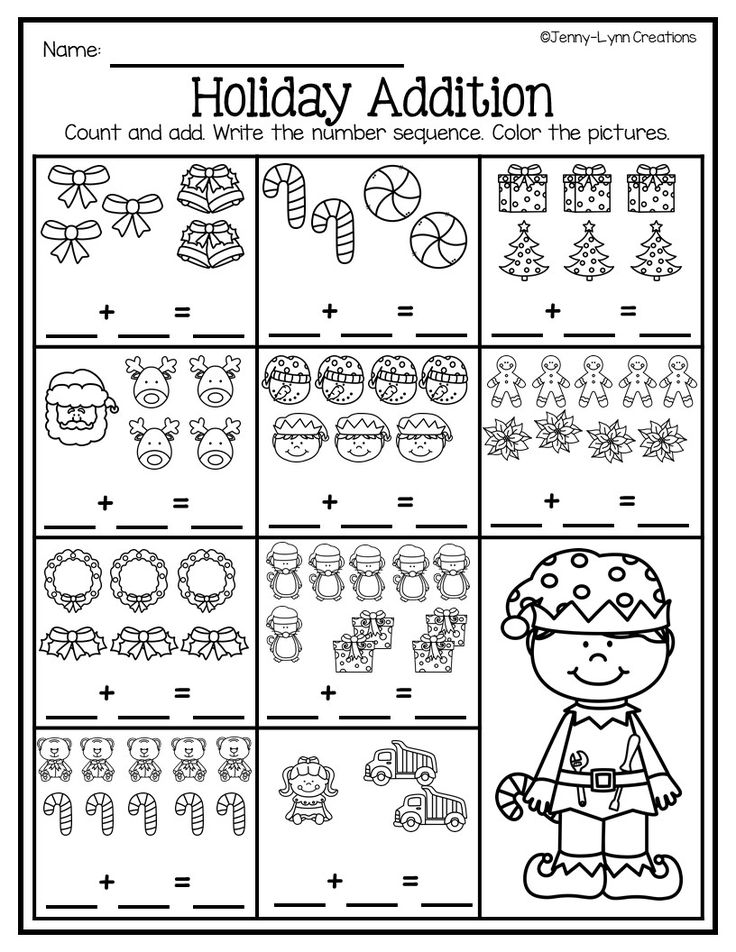 74KB
74KB - Square root nth root Mathematics Square number Zero function, Mathematics, angle, text, rectangle png 500x549px 9.46KB
- mathematical operations illustration, Mathematics Mathematical notation Computer Icons Symbol Calculation, calculator, angle, electronics, text png 3000x3000px 73.85KB
- Square root Radical symbol Mathematics Square number n th root, square background, angle, text, hand png 512x512px 5.1KB
- Education Mathematics Calculation Linear algebra Calculator, Mathematics, purple, violet, studio png 1600x1600px 27.35KB
- Mathematical notation Mathematical symbol Arithmetic, Precalculation s, multiplication, addition, operator png 1600x1329px 226.
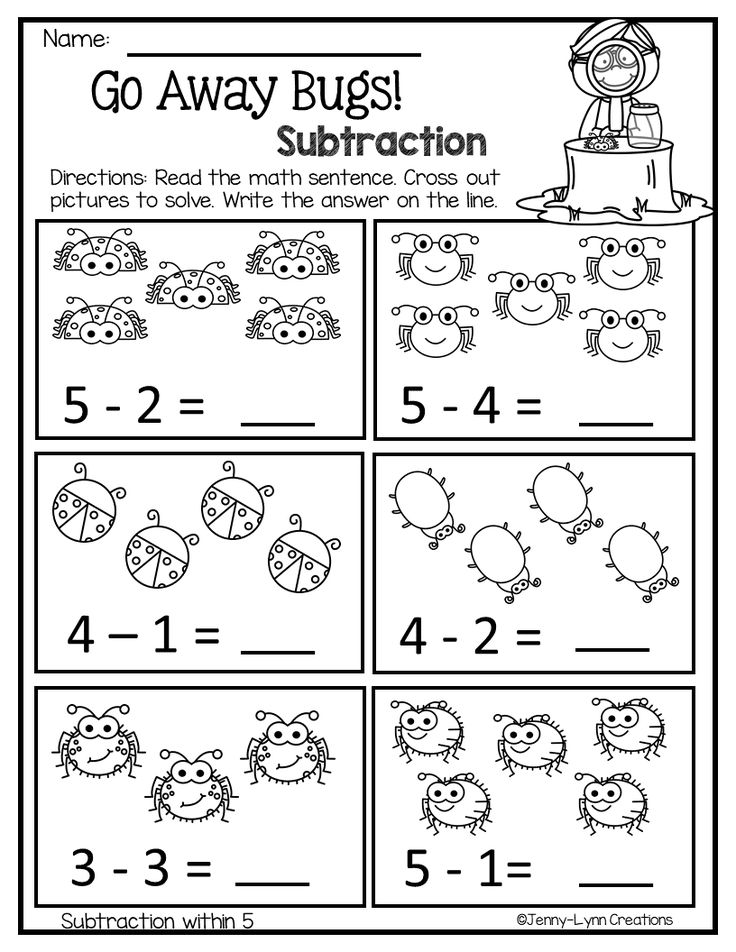 87KB
87KB - System of linear equations Mathematics, Mathematics, blue, angle, text png 597x599px 16.58KB
- 1300 Mathematical formulas Mathematics Algebra Engineering, Mathematical formula, purple, violet, text png 478x600px 238.7KB
- Numerical sense Mathematics Numerical connection First grade, Mathematics, number, elementary School, teacher png 512x512px 86.1KB
- Discrete mathematics Numerical analysis Mathematical notation, Mathematics, text, engineering, computer Science png 523x499px 265.79KB
- gray and blue spiral graphics, Mathematical Euclidean Formula, Creative pull of blue space Free, blue, angle, free Logo Design Template png 5314x3543px 12.
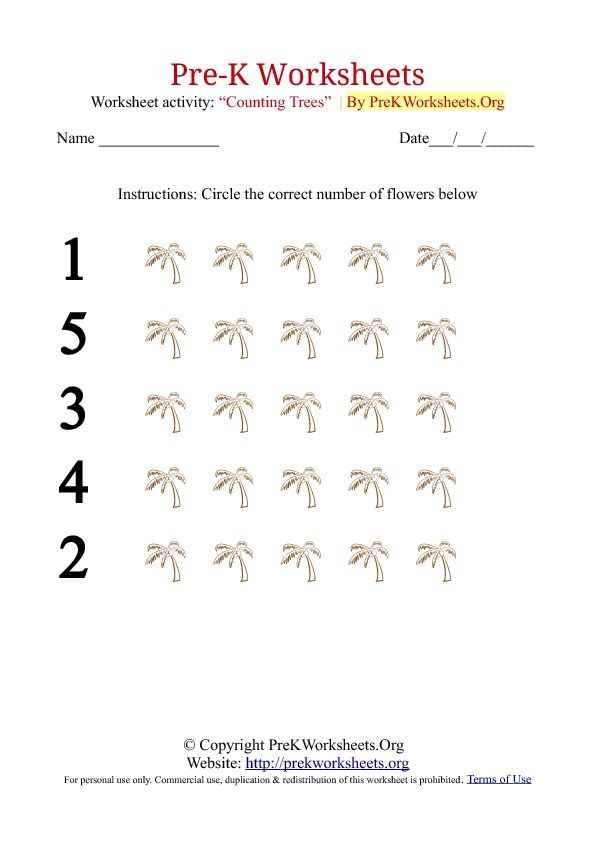 85MB
85MB - Mathematics Mathematical finance Derivatives Actuarial science Functions, Mathematics, logo, monochrome, number png 512x512px 8.26KB
- Mathematics Mathematical notation Equation, Mathematics, logo, nodejs, mathematical Constant png 512x512px 16.12KB nine0006
- Mathematics Child, funny math, child, text, cartoon png 1257x1600px 951.9KB
- Multipurpose Calculus Mathematical Function, 3 roots, angle, text, triangle png 1131x800px 47.59KB
- Number Equation n-th root algebra Problem solving, spatial structure, angle, text, rectangle png 1302x768px 10.
 25KB
25KB - Formula Mathematics Equation Algebra, Mathematics, angle, text, logo png 797x720px 76.14KB
- Quadratic equation Square root of 3rd root Formula, math question, angle, text, logo png 1000x1000px 7.85KB nine0006
- Operation Division Plus and minus signs Multiplication Mathematics, Mathematics, angle, text, rectangle png 1920x1920px 25.42KB
- Mathematical notation Mathematics Plus and minus symbol Symbol, Mathematics, number, multiplication, mathematical Notation png 512x512px 151.87KB
- Mathematics Worksheet Ten block base, Mathematics Borders, angle, text, rectangle png 600x563px 1.
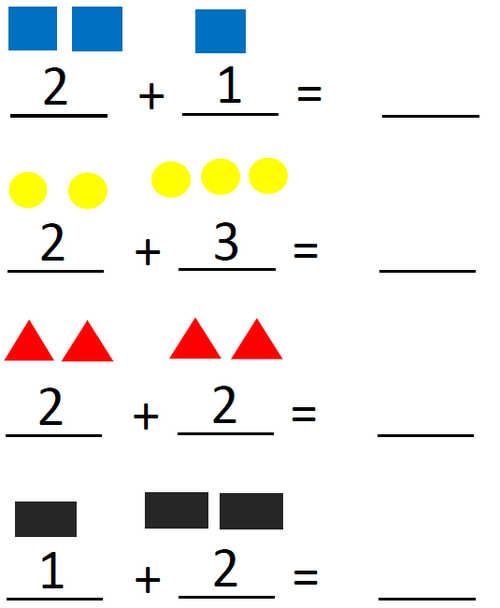 29MB
29MB - Mathematical notation Mathematical variable, calculus of mathematical functions, logo, pi, algebraic Equation png 540x595px 17.91KB
- Function Absolute value Mathematics Integral calculus, Mathematics, angle, text, logo png 1280x1006px 42.45KB
- Mathematics Drawing Homework, Test Tickets s, text, hand, monochrome png 2000x1805px 13.8MB
- Square root Square number Zero function, Mathematics, angle, text, logo png 512x512px 5.04KB
- Formula Mathematics Algebraic equation Number, governing, angle, text, parallel png 1427x1096px 64.
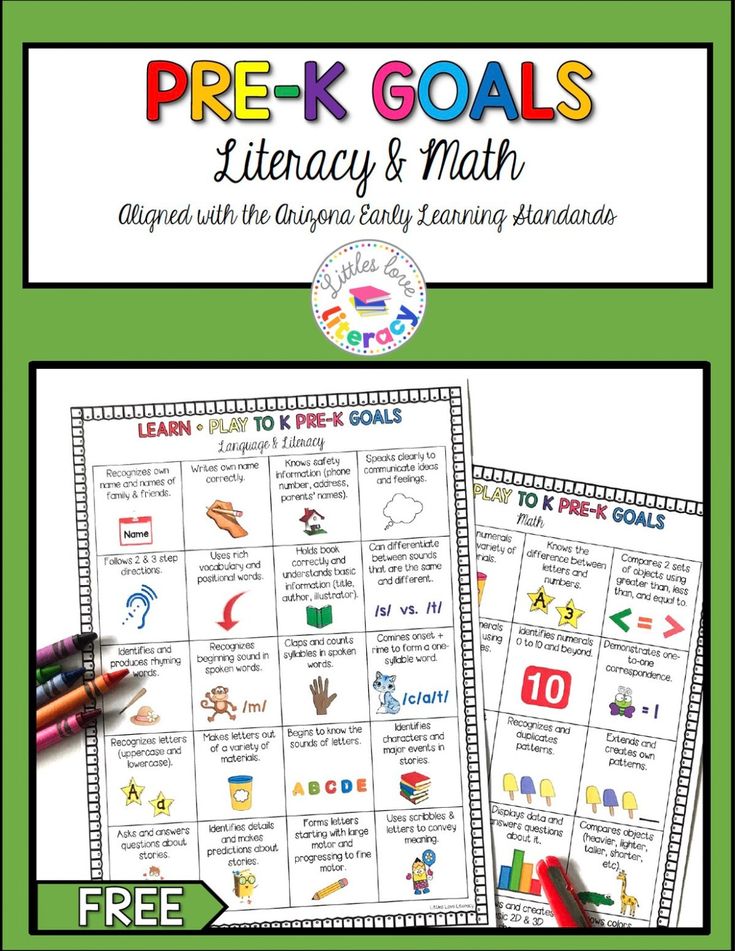 32KB
32KB - Zero of the nth root function Square root of 2 Equation, Mathematics, angle, text, logo png 1057x946px 8.05KB
- Square root Radical symbol n th root Square number Mathematics, Mathematics, angle, text, hand png 512x512px 8.54KB
- Mathematical notation Mathematics Number Algebraic expression, mathematics, leaf, text, branch png 500x500px 39.1KB
- Square root Mathematics Plus and minus Square number Mathematical notation, Mathematics, angle, text, triangle png 1600x1600px 14.39KB
- Abramowitz and Stegun number Mathematics Formula Algebra, Mathematics, angle, text, logo png 764x600px 22.
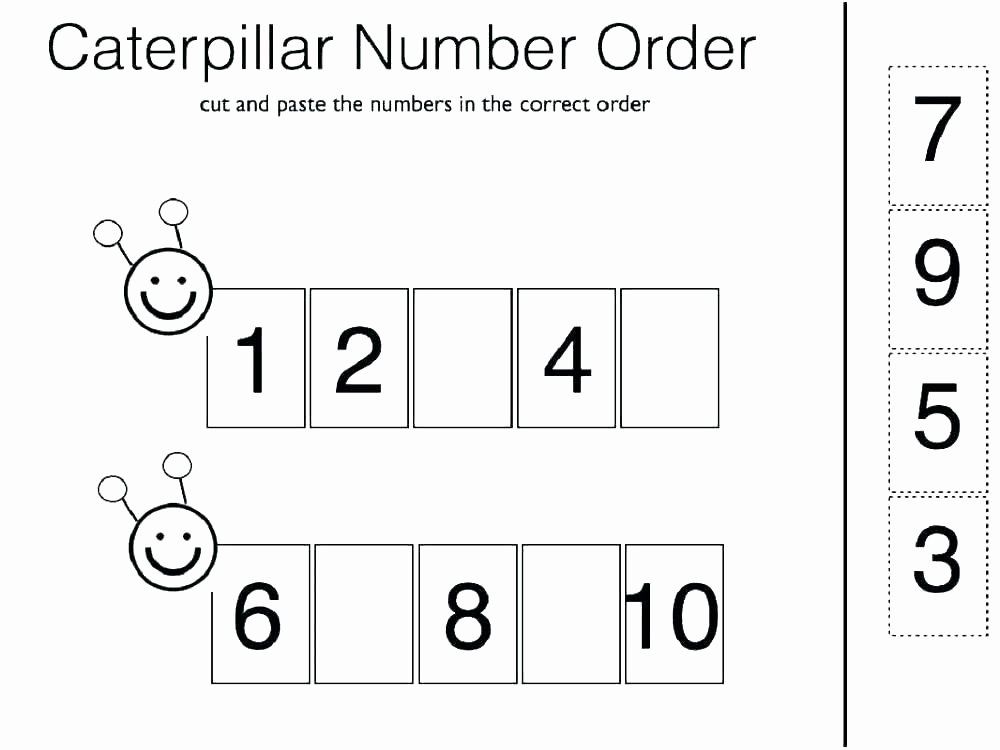 03KB
03KB - Jurgio Dobkeviciaus progimnazija Mathematics Mathematical notation Computer Icons Arithmetic, mathematics, text, smiley, sign png 600x564px 53.48KB
- Algebraic equation Mathematical arcade Formula Algebraic function, Mathematics, blue, angle, text png 512x512px 74.4KB
Pre-algebra Mathematics, Mathematics, number, signage png
Pre-algebra Mathematics, Mathematics, number, signage pngtags
- number,
- signs,
- algebra,
- settlement,
- class,
- prealgebra,
- mathematics Education,
- mathematical notation,
- mathematics,
- geometry,
- blackboard,
- base Ten units,
- arithmetic,
- algebraic number, nine0005 algebraic geometry,
- algebraic equation,
- Algebra Tiles,
- school,
- prealgebra,
- Clip art,
- png,
- transparent png,
- no background,
- free download
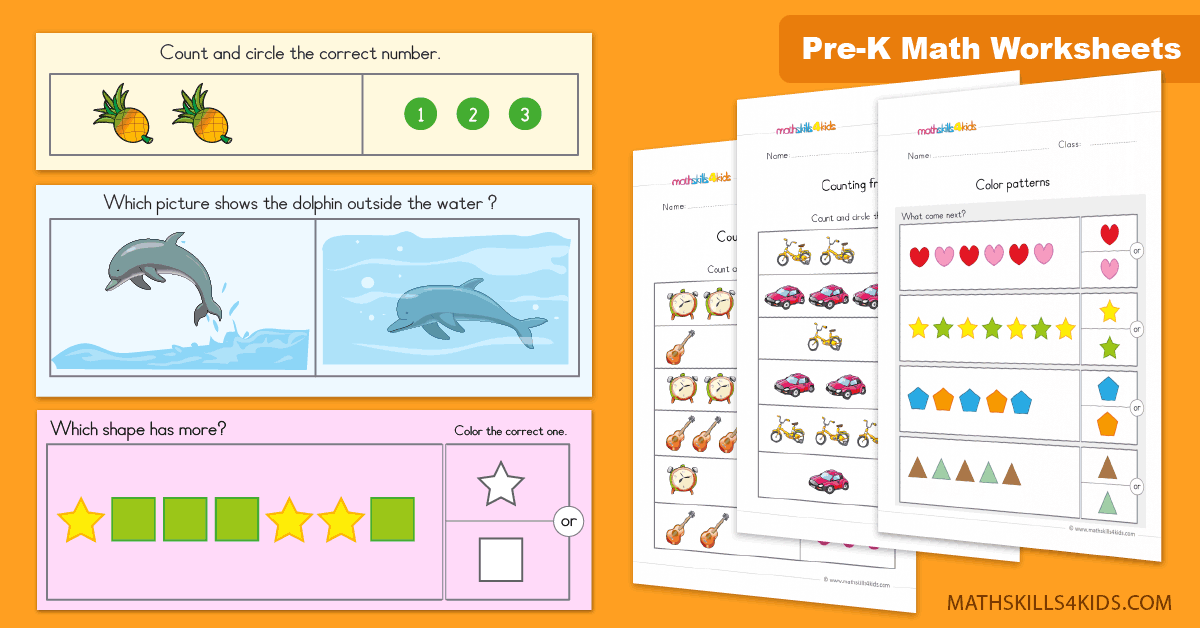 03KB )
03KB ) - Image size
- 647x793px
- File size
- 137.03KB
- MIME type
- Image/png nine0059
- Mathematics Geometry Formula Euclidean equation, math notes, angle, text png 6354x6354px 911.07KB
- Mathematics education Presentation Equation Mathematical notation, Mathematics, blue, text png 1600x711px 949.64KB
- Principles and Standards for School Mathematics Equation, Mathematics, text, number png 1000x1000px 228.64KB nine0006
- Mathematics Equation Animation Numbers Algebra, Mathematics, text, hand png 1600x1200px 731KB
- Mathematics Algebra Free content, Mathematics, text, number png 1024x1024px 912.26KB
- Algebraic expression Mathematics, Mathematics, text, logo png 845x356px 150.06KB
- Mathematics Orange Middle School Mathematical notation Algebra Number, falling creative, leaf, text png 844x797px 98.24KB
- Geometry Mathematics Formula Shapes, Mathematics, triangle, number png 512x512px 61.45KB nine0006
- children in class, Online game Equation Fruit Mathematics, Children in school reading illustration, game, child png 2100x2100px 972KB
- Algebraic equation Number Mathematics, connectivity geometry, angle, text png 1920x1202px 432.78KB
- Mathematics illustration, Mathematical Euclidean number, children interested in mathematics, child, text png 813x926px 215.21KB
- Mathematics Worksheet Ten block base, Mathematics Borders, angle, text png 600x563px 1.29MB
- Algebra Mathematics Solving equations with variables, angle, text png 1050x1024px 68.67KB
- Formula Mathematics Algebraic equation Number, governing, angle, text png 1427x1096px 64.32KB
- Equation solving Mathematics Mathematical notation Formula, admin, text, number png 792x658px 240.
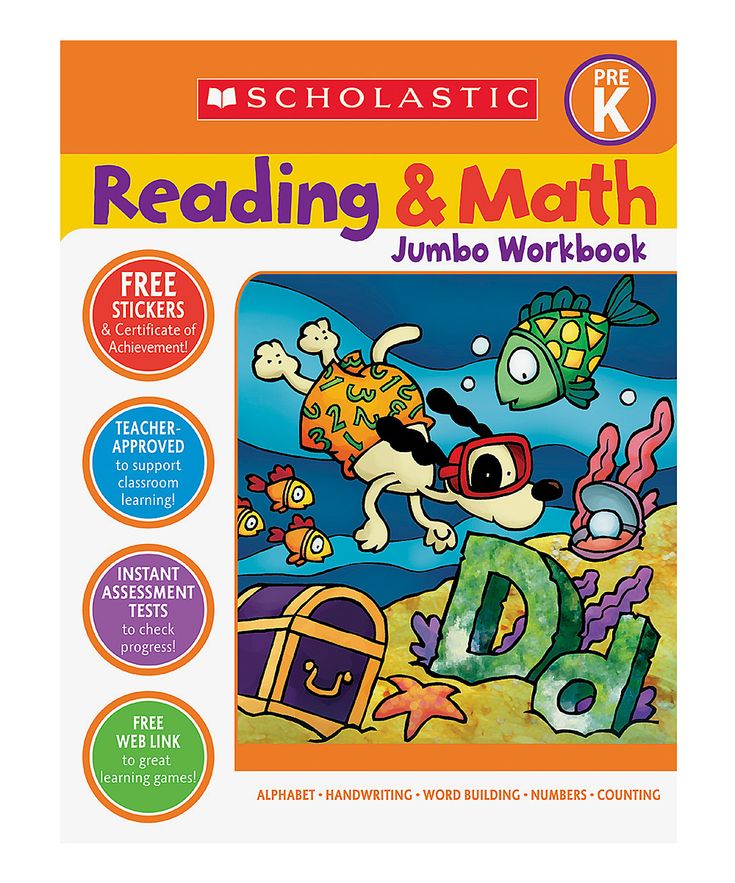 21KB
21KB - Discrete mathematics Numerical analysis Mathematical notation, Mathematics, text, engineering png 523x499px 265.79KB
- Mathematical notation Mathematics Plus and minus symbol Symbol, Mathematics, number, multiplication png 512x512px 151.87KB nine0006
- MIT Department of Mathematics Computer Icons Mathematical notation Mathematical problem, Mathematics, blue, game png 1080x1080px 310.06KB
- Mathematics Mathematical notation Equation, Mathematics, logo, nodejs png 512x512px 16.12KB
- Education Mathematics Calculation Linear algebra Calculator, Mathematics, purple, studio png 1600x1600px 27.
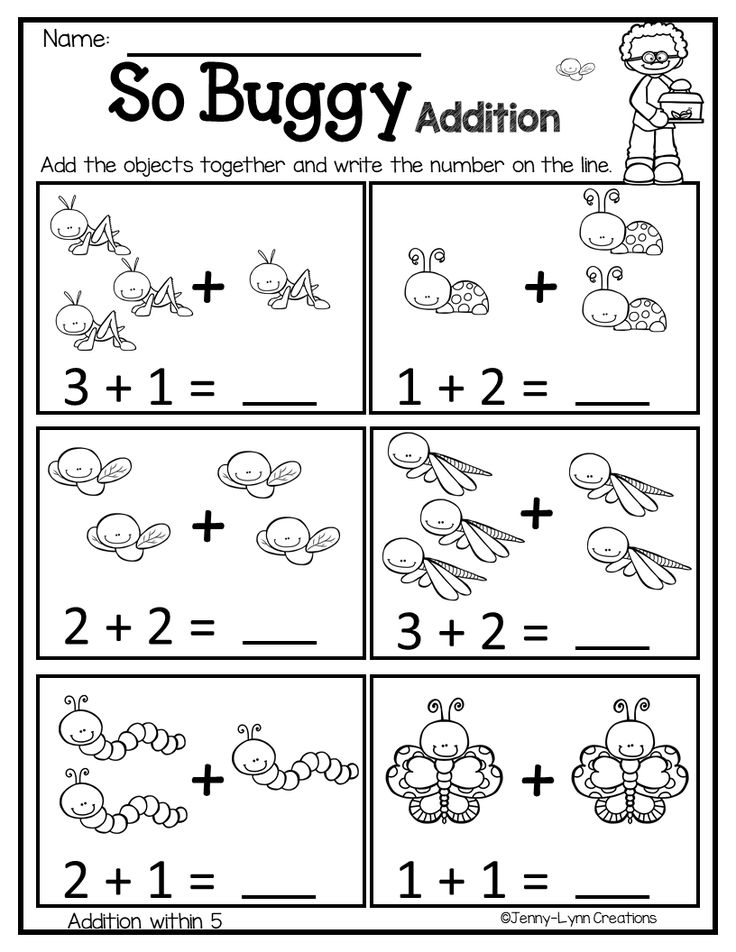 35KB
35KB - Number Integer Mathematical symbol Mathematical notation, Mathematics, blue, angle png 2000x1828px 108.3KB nine0006
- Mathematics School, mathematics, text, number png 742x768px 119.07KB
- Mathematics Formula Equation Formula Statistics, Mathematics, text, logo png 800x533px 43.11KB
- Algebraic equation Mathematical arcade Formula Algebraic function, Mathematics, blue, angle png 512x512px 74.4KB
- Mass-energy equivalence Formula Quadratic equation, Mathematics, text, rectangle png 777x528px 103.47KB
- Mathematics Geometry Mathematician, Mathematics, rectangle, number png 784x600px nine8.62KB
- Education Mathematics Calculation Linear algebra Calculator, Mathematics, purple, studio png 1600x1600px 27.35KB
- Mathematics Mathematical notation, mathematics, blue, angle png 2573x1000px 199.53KB
- Decimal base ten blocks Mathematics Cube Number, Mathematics, material, base png 800x800px 343.79KB
- Mathematics Mathematical anxiety Multiplication Teacher Geometry, Mathematics, purple, blue png 1024x928px 585.6KB nine0006
- Android Deducción de la fórmula de Bhaskara History of mathematics, android, angle, text png 500x500px 66.
 41KB
41KB - brown and red owl holding pencil, Owl Student School, Owl, food, monochrome png 2064x2164px 195.42KB
- Equation Mathematics Formula, pi math, leaf, text png 1799x2197px 96.76KB
- Science illustration, Light black and white line, Writing blackboard in the education industry, texture, angle png 3816x2597px 1.17MB nine0071 Mathematics Free content, Reading Owl, food, orange png 830x870px 90.48KB
- Mathematics Mathematical sciences Worksheet Equation solving, science, text, logo png 1524x941px 68.36KB
- Mathematics Mathematical notation Computer Icons, Mathematics, blue, angle png 576x596px 41.
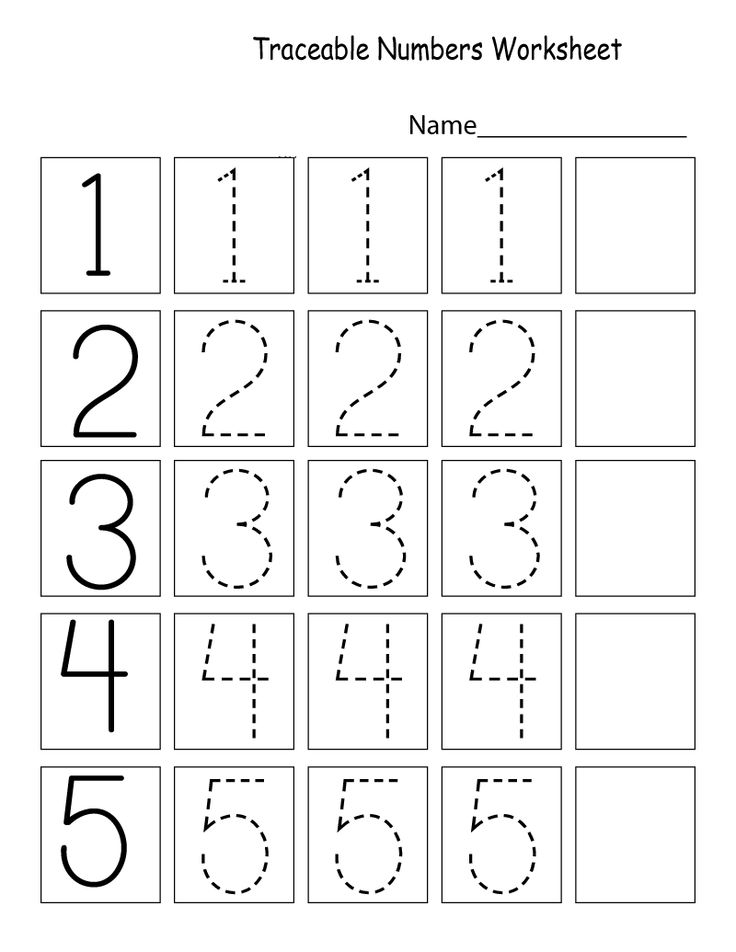 96KB
96KB - Algebraic expression Algebraic number Mathematics, math question, angle, text png 1600x935px 107.64KB
- Mathematics Number, Mathematics, child, boy png 564x1045px 398.48KB
- Binomial theorem Binomial coefficient Mathematics Combinatorics Algebra, mathematical equation, angle, text png 740x350px 51.41KB
- Student Mathematics Mathematical problem Problem solving Teacher, math class, comics, class png 1670x1799px 3.73MB
- School Edmodo Student Education Teacher, school, class, number png 512x512px 184.97KB
- Learn more
resize PNG
width(px)
height(px)
Non-Commercial Use, DMCA Contact Us

